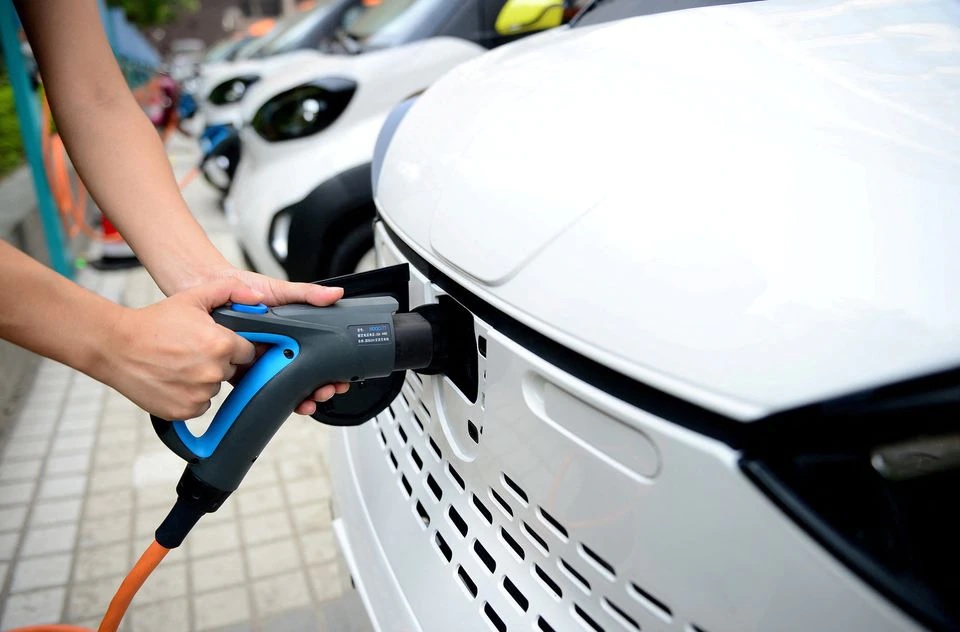WASHINGTON, Dec 16 (Reuters) – The Biden administration is grappling with a long list of complex technical issues to implement new electric vehicle tax credits, putting pressure on officials working to quickly unveil guidance to automakers, battery firms and minerals producers.
With some key provisions launching on Jan. 1, government and industry officials say hundreds of billions of dollars’ worth of new clean energy incentives – potentially unlocking trillions of dollars of new investments – are at stake.
The $430 billion Inflation Reduction Act (IRA) signed by President Joe Biden in August imposes complex restrictions on credits based on sourcing of battery components and minerals, giving the U.S. Treasury Department only a few months to iron out complex questions.
“Our goal is to implement the law as quickly and as clearly as possible and to provide them with certainty about what the law means,” Deputy Treasury Secretary Wally Adeyemo said, referring to industry officials. “We want to do it in a way that creates the right types of incentives.”
South Korea, Japan, the European Union, Brazil and many foreign automakers have objected to the overhaul of the $7,500 EV tax credit that disqualified most foreign-made EVs for credits in Biden’s signature climate bill.
Auto and battery industries are anxiously awaiting Treasury guidance expected within days that will help determine how broadly tax credits can be used.
But formulating these rules is far more complex than most tax laws, requiring Treasury to define highly technical distinctions between minerals extraction, processing and battery component manufacturing, government officials said.
Adeyemo told Reuters he has enlisted more than half of U.S. Cabinet-level agencies for assistance in drafting guidance, including Energy and Transportation.
“It’s not just writing out the rules,” he said. “It’s really working with scientists and economists to figure out how you define critical terms.”
The law requires Treasury to issue proposed guidance “with respect to the new critical minerals requirements and new battery components requirements” by Dec. 31.
Automakers and other firms have filed hundreds of comments seeking endorsement of expansive or more restrictive interpretations of the law that could determine how many EVs qualify.
U.S. Senate Energy Committee chair Joe Manchin asked Treasury on Tuesday not to allow a less-restrictive commercial EV tax credit to be used for consumer leasing, rental cars or ride-sharing vehicle sales.
Some auto industry officials believe Treasury will not be able to answer all key questions within the next two weeks and could be forced to delay issuing some sourcing rules guidance.
That raises the possibility Treasury may allow some EV tax credits to apply even if all questions surrounding the restrictions have not been fully answered by Dec. 31.
Half of the credit is contingent on at least 40% of the value of the critical minerals in the battery having been extracted or processed in the United States or a country with a U.S. free-trade agreement, or recycled in North America. Many countries are pressing the administration to broadly define what constitutes a free-trade deal.
The other $3,750 requires at least 50% of the battery components to have been manufactured or assembled in North America. Both those percentages rise annually.
The law was aimed at weaning the United States off batteries from China, which now make up 70% of global supply.
Michael Berube, Department of Energy deputy assistant secretary for sustainable transportation, said those working on the guidance were looking closely at every step of minerals extraction, processing, battery component manufacturing and assembly.
“It just takes a little time to really work it all through and make sure we’re thinking through all the different pieces,” he said.











